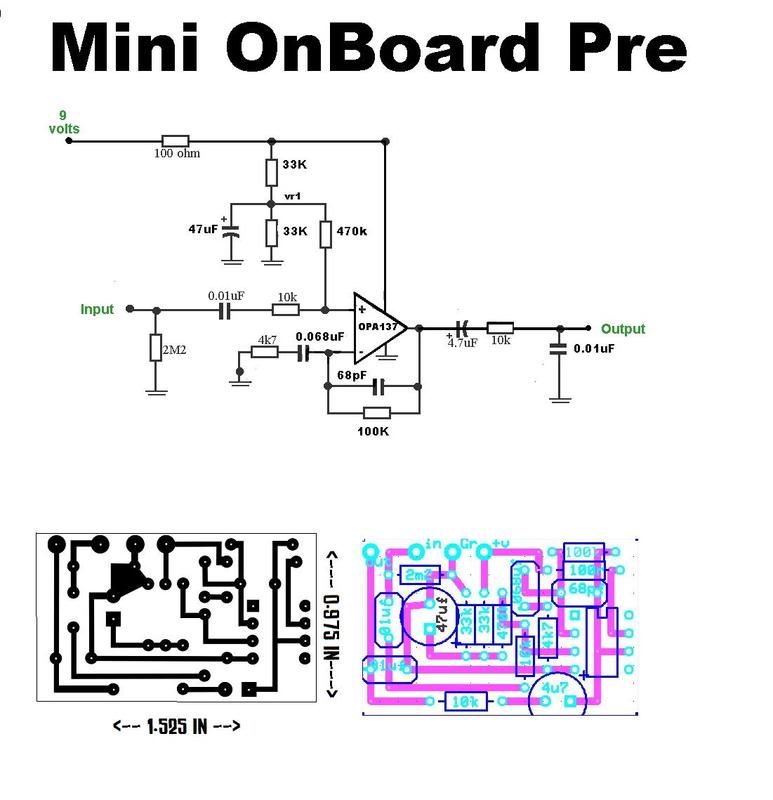S
skipwave
New member
The input transistor pairs in front of TL071 would be to improve the noise performance of the front-end, but that only matters in a mic-amp application.
Yes indeed. Unnecessary and unwanted for line level input, which is why their stock line inputs (which are just padded down feeding the same transistors) are undesirable.
You can bypass the opamp, but by that token, you can also run the AD chip unbalanced by referencing its inverting input to its MOD pin.
Thanks for pointing that out. I didn't even consider that route.
I just don't think you'll get the same low distortion out of a single FET vs. an opamp, and I don't think you'll gain much with 1" of a balanced circuit when the 10' before it is unbalanced.
You are right about distortion, although the single FET will be Class-A, so maybe I'll like that higher distortion. Really it is just expediency, since I have a pile of 2SK170BL. I was thinking that the AD chip wanted to see a balanced signal, and what was the shortest signal path to give it that.
Personally, I strive to make all connections balanced, but that is somewhat of a necessity in the EMI hell that is my house. Transformers are perfectly happy doing either one, so if you prefer unbalanced, maybe you just don't like the sound of that transformer
I record sometimes in a studio that is EMI danger zone, and the balanced outs come in handy. I would say I use the unbalanced to balanced 60% to 40% of the time, so I do actually like both very much and find the contrast useful.
Does Black Lion want $300 to swap out a few opamps? Ouch.
I won't say anything negative about my fellow Chicagoan, he has shared information and been super helpful to me in the past. Although, that does seem excess for the described scope of the mod.




 )
)

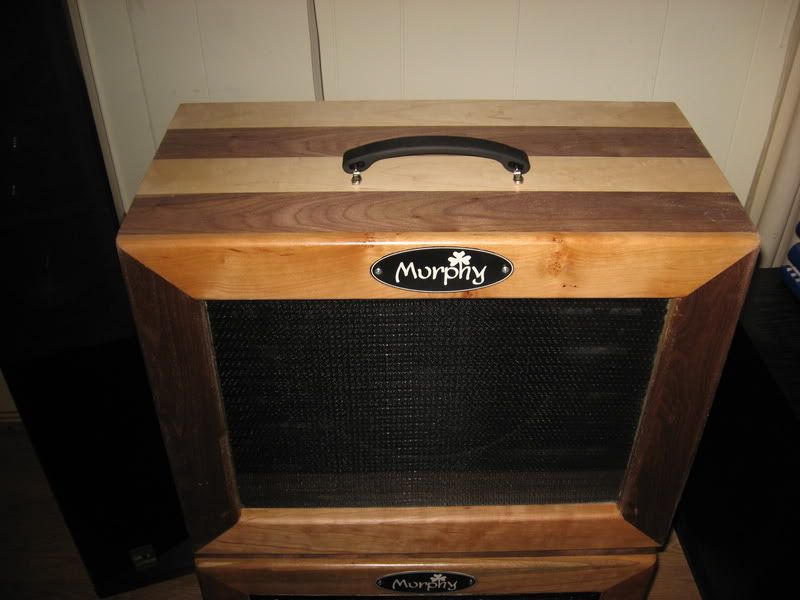
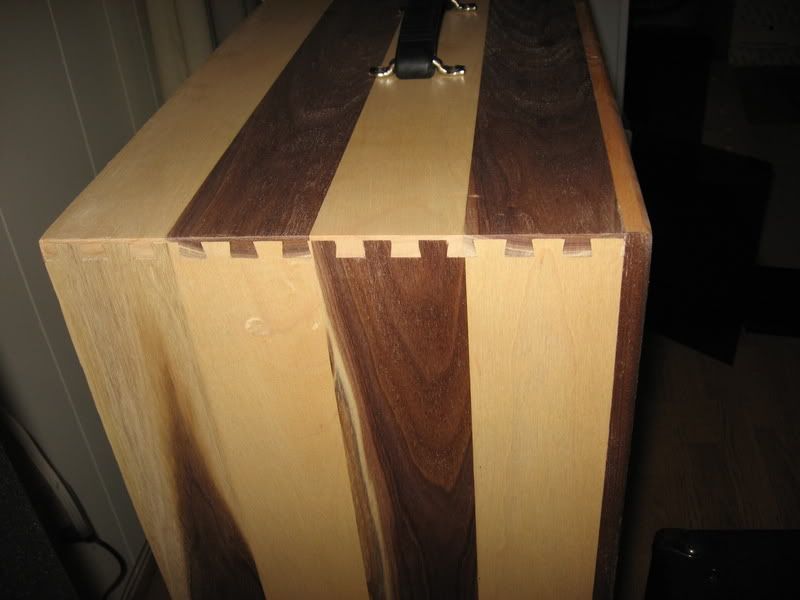


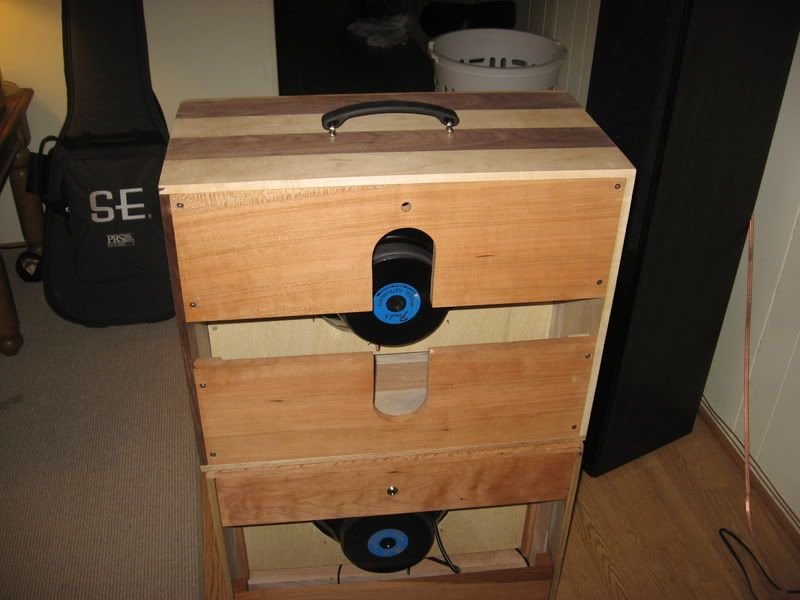
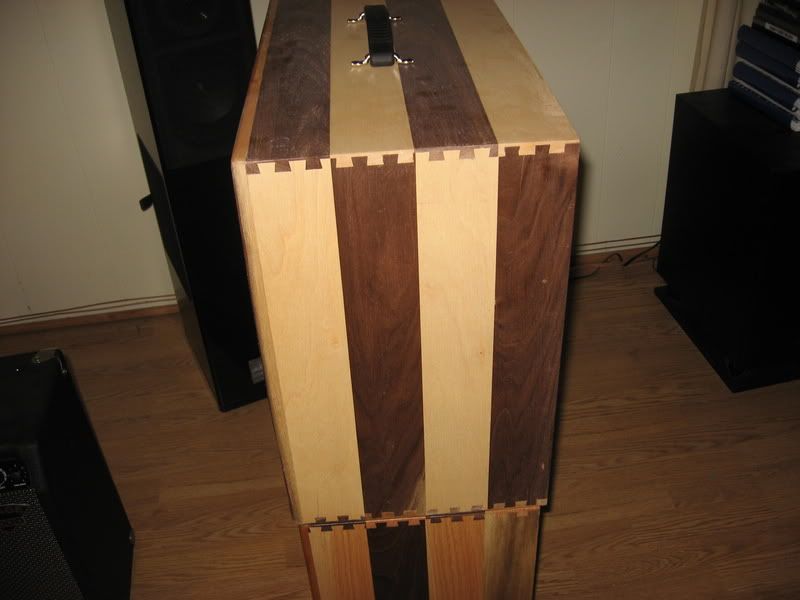
 This pedal board is turning out to be a lot more complicated than I anticipated...
This pedal board is turning out to be a lot more complicated than I anticipated...
